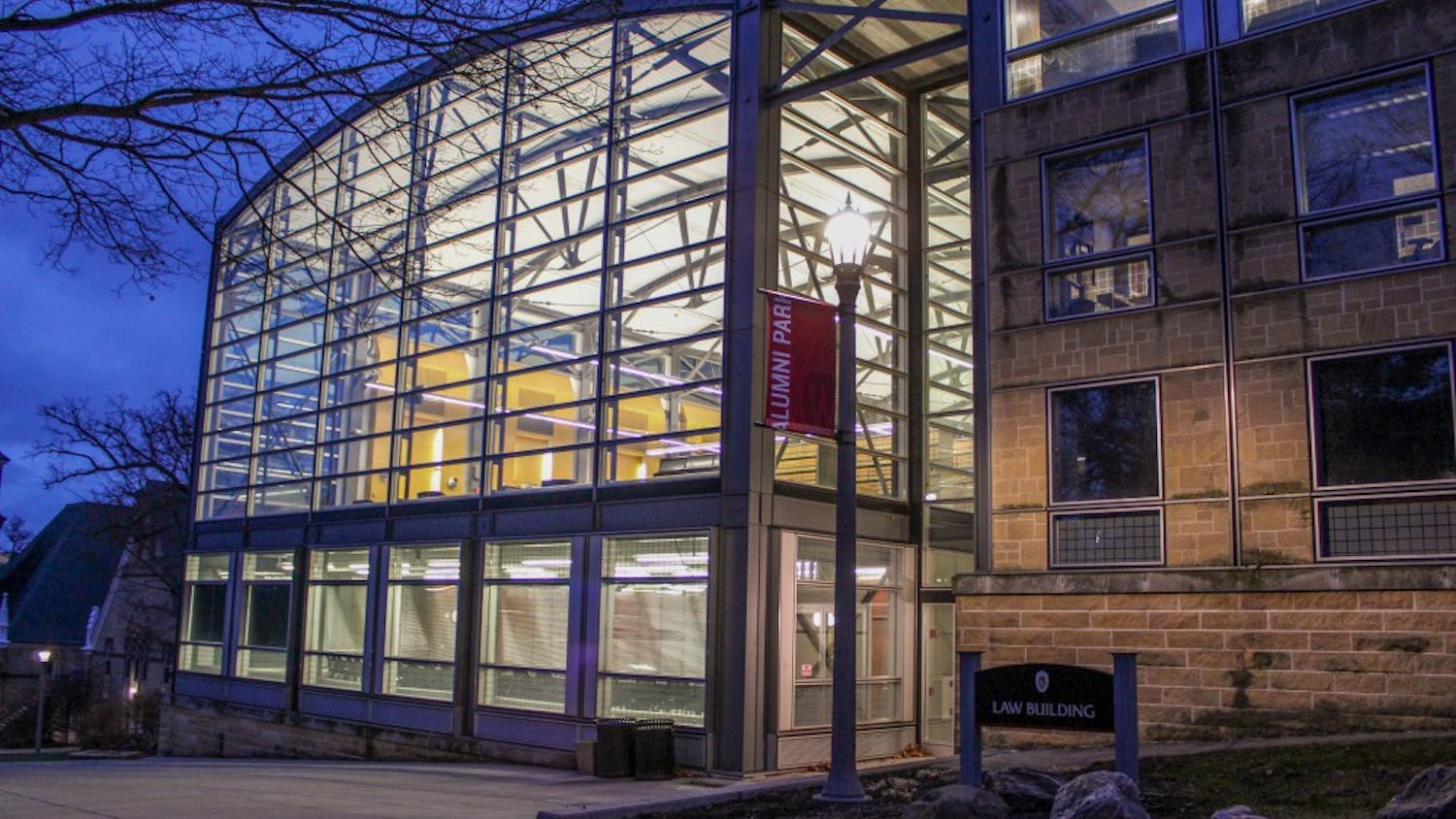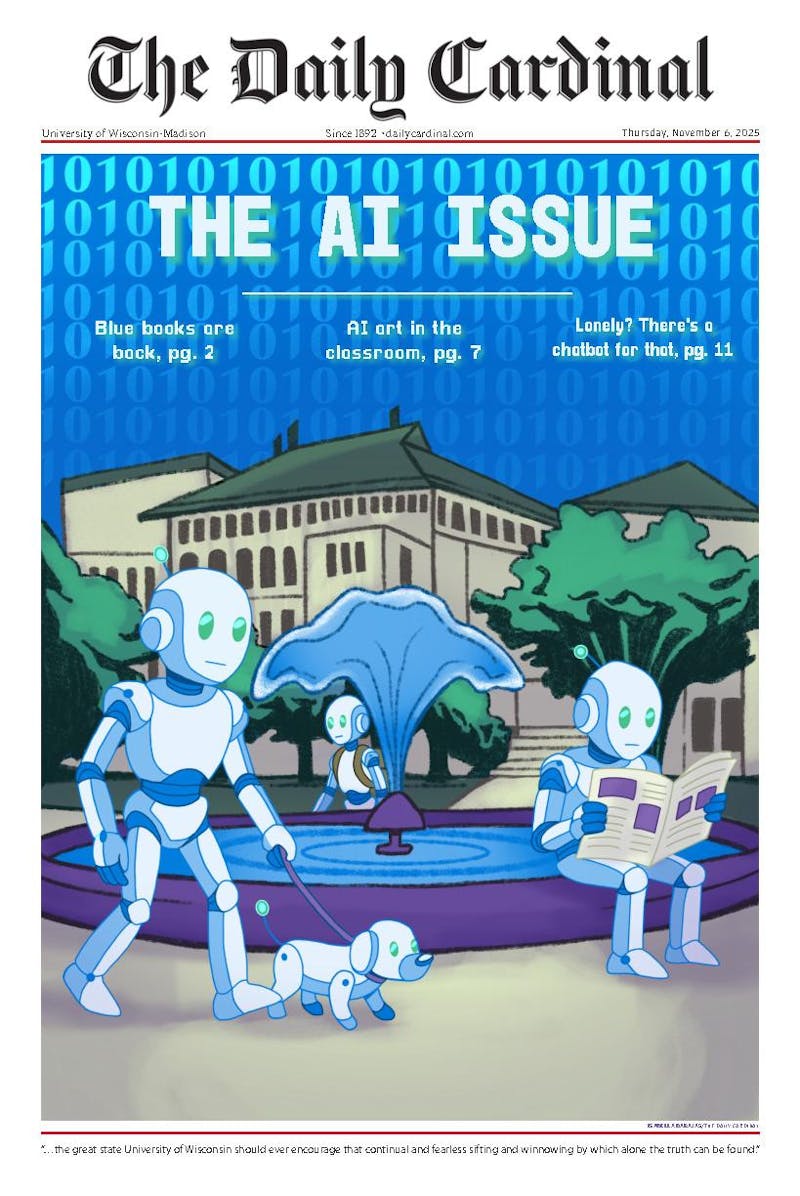It's official. 2008 has been officially declared a year of recession. On Friday, the National Bureau of Economic Research officially announced that the United States has been in an economic recession since December 2007. Funny, because as recent as late July, the White House explicitly stated, we have avoided a recession."" The announcement resulted in a 680 point plunge in the Dow and a nine percent loss in both the S&P and the NASDAQ indexes - erasing almost all the gains the market experienced over Thanksgiving break.
At 12 months, the current contraction is already the longest since 1982, a 16-month slump that ended in November of that year, and exceeds the postwar average of 10 months. And while regional definitions of recession differ, the economies of both Europe and Japan fell into a slump in the second quarter of this year, making it the first simultaneous recession in all three regions during the post-WWII era.
2008 has also seen a loss of 1.2 million jobs through October, with a projected 325,000 more losses in November. Unemployment rates rose to 6.5 percent, the highest level in 14 years, according to Labor Department statistics. More than half the job losses have been in the last three months and many analysts now expect unemployment will reach 8 percent by the middle of next year.
Earlier this summer, Paul Krugman of the New York Time predicted a prolonged L-shaped recession. To conceptualize this pattern, imagine an L balancing on the center point, with the short end depicting a precipitous decline and the long stem representing a prolonged recovery. Such a prediction came in opposition to the V-like pattern, suggesting a sharp decline followed by a quick recovery - which is supposed to be the norm in this ""new economy."" If the current recession lasts a mere 5 months longer, which would be consistent with Fed and private forecasts, it would become the longest since the Great Depression.
It is instructive and important to try to digest the full meaning of this extremely bleak outlook of our current collective path as a nation. For over 20 years we have mortgaged the long-term stability of our economy and our national well-being. In place of sound policy, tempered enthusiasm and pragmatic judgment, we embarked on a period of ""irrational exuberance"" not seen since the 1920s. Yet despite all of the blatant, obnoxious problems currently within our purview, we seem to be falling into the same pitfall of ignoring our antecedents and instead looking for the first scapegoat or magic pill within reach.
Our current clusterfuck is not a result of any one oversight, deregulation, party or President, and our salvation will not be found in a $700 billion financial bailout, $35 billion automotive bailout, $700 billion stimulus package, or a prophetic presidential candidate.
Instead, we need to start asking ourselves serious questions about how we view the role of government in our daily lives - from jobs to education, from public infrastructure to national defense. One of the most basic truths is that most of the working class is consciously, or rather deliberately, out of touch with its government. For many, all they want out of it is for their money, taxes and government institutions to work in ways that make life easiest and most ignorant of anyone else's needs.
This egocentric style of living is becoming increasingly difficult, as the middle class continues to get squeezed. Along with job loss numbers, it was also reported that only 32 percent of all unemployed people were drawing state benefit checks in October because of restricted eligibility for part-time workers and those employed long enough to qualify. More than half of all unemployed people drew benefits in the 1950s, and about 45 percent received state checks during the last recession in 2001. Shouldn't we expect more?
This summer, The New York Times documented the fall of ""The Wage That Meant Middle Class,"" referring to the percentage of the workforce making $20 an hour, which decreased from 23 percent in 1979 to 18 percent now. Taking into account inflation, $20 translates to $60 now, so not only did the actual number of people go down, but that bloc's wages are worth a third of what they once were. Now merely add in the rising cost of health care due to inflation, and you see something depressing, disturbing, and disgusting: where the middle class emerged as the American ideal after the second world war, it is now in danger of phasing out.
Since when did the middle class ideal extend beyond the neighborhood of economic contentment? In response, we need to ask if corporations exist merely to make enormous sums of money for a very few, or if their real purpose is to provide a living wage to the millions of Americans fostering the middle class ideal.
Violent restructuring of our current miasma is not feasible, nor the answer, but acknowledging our systemic problems and establishing goals is within our capability. We must resurrect the American middle class to a lifestyle where individual wants do not take precedence over needs. I can only hope, regardless of the next few years, that this notion does not become overly optimistic or overly generous. I would like to remain optimistic, and eventually realistic.
Joseph Koss is a junior majoring in secondary education in social studies. Please send responses to opinion@dailycardinal.com.





